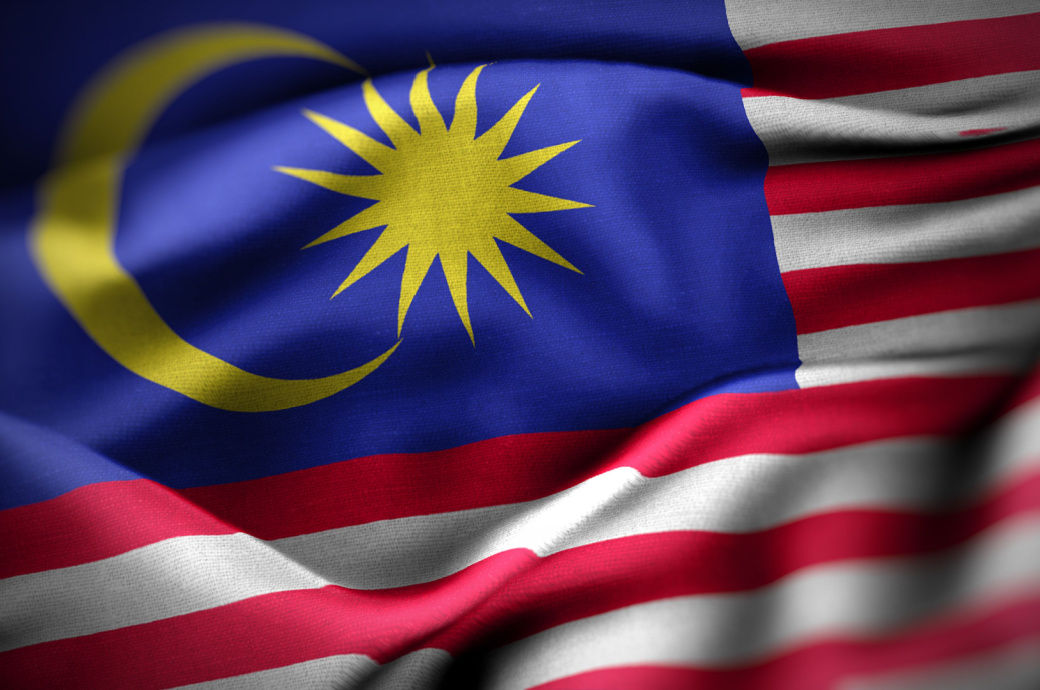
The agreement involving 11 countries was signed on March 8, 2018.
This agreement has already been ratified and implemented in stages since December 2018, by Australia, Canada, Japan, Mexico, New Zealand, Singapore, Vietnam and Peru. Malaysia is the ninth country to ratify.
The agreement broadens Malaysia's access to new markets like Canada, Mexico and Peru, which are not covered by any existing free trade agreement (FTAs), providing access to a wider range of high-quality raw materials at competitive prices, and increases the country's attractiveness as an investment destination. Malaysia has already implemented 15 FTAs.
At the same time, the CPTPP offers technical assistance and capacity building programmes that are aimed at improving and developing local sectoral capabilities in key industrial areas like automotives, chemicals, optical and scientific equipment and medical devices.
A cost-benefit analysis projects that Malaysia’s total trade is expected to rise to $655.9 billion in 2030, through the CPTPP, the ministry said in a press release. Exports are projected to reach $354.7 billion in 2030, with trade balance remaining in strong surplus at 8.5 per cent of the gross domestic product (GDP) for the same year.
Under the CPTPP, by January 1, 2033, almost cent per cent of Malaysian exports to all CPTPP countries will enjoy duty-free treatment.
As soon as the CPTPP enters into force for Malaysia, all its exports to Australia and Singapore will readily enter these markets without being subject to any duties. Subsequently, in 2024 and 2029, all Malaysian products exported to New Zealand and Canada, respectively, will enter these countries duty-free.
Following the implementation, Malaysian companies will have immediate access to the government procurement markets of other CPTPP countries at much lower thresholds compared to the high thresholds committed by Malaysia.
Fibre2Fashion News Desk (DS)